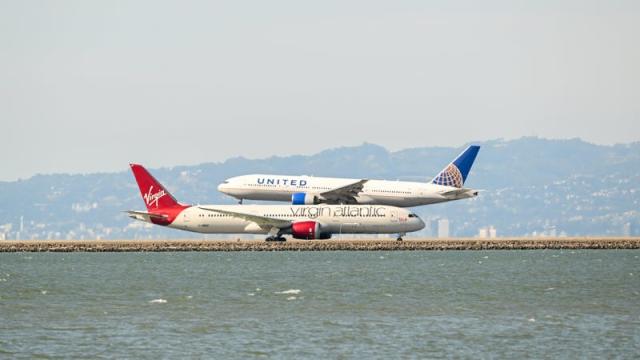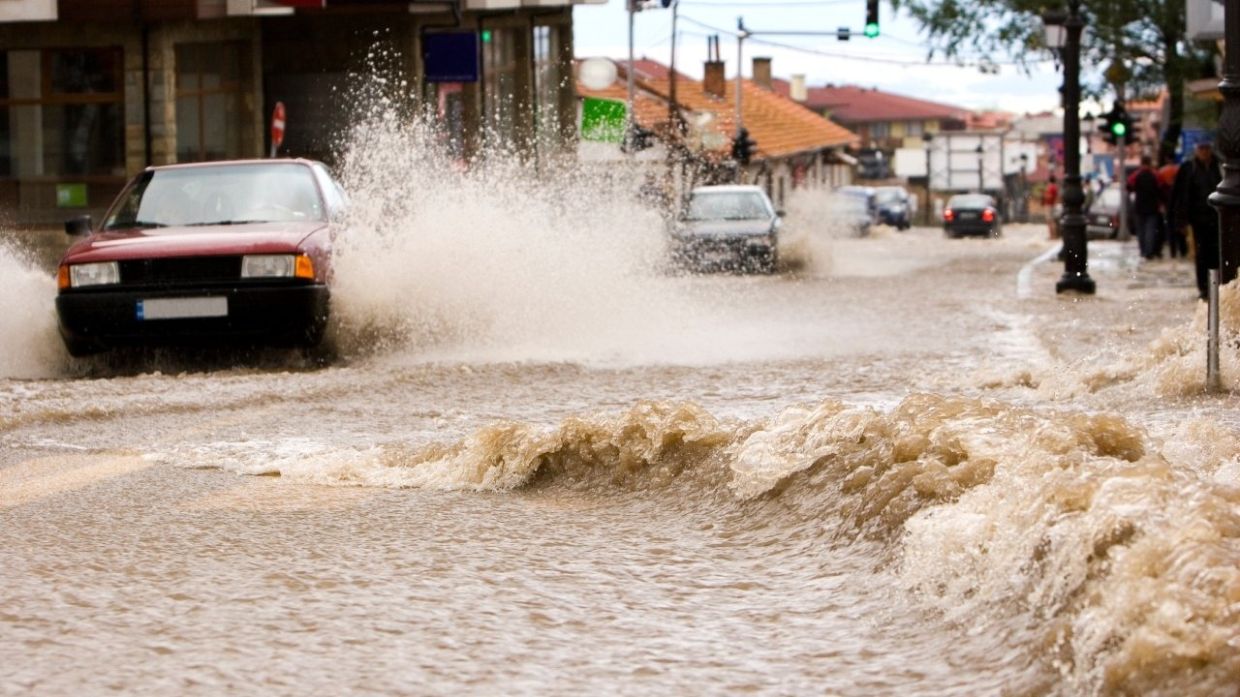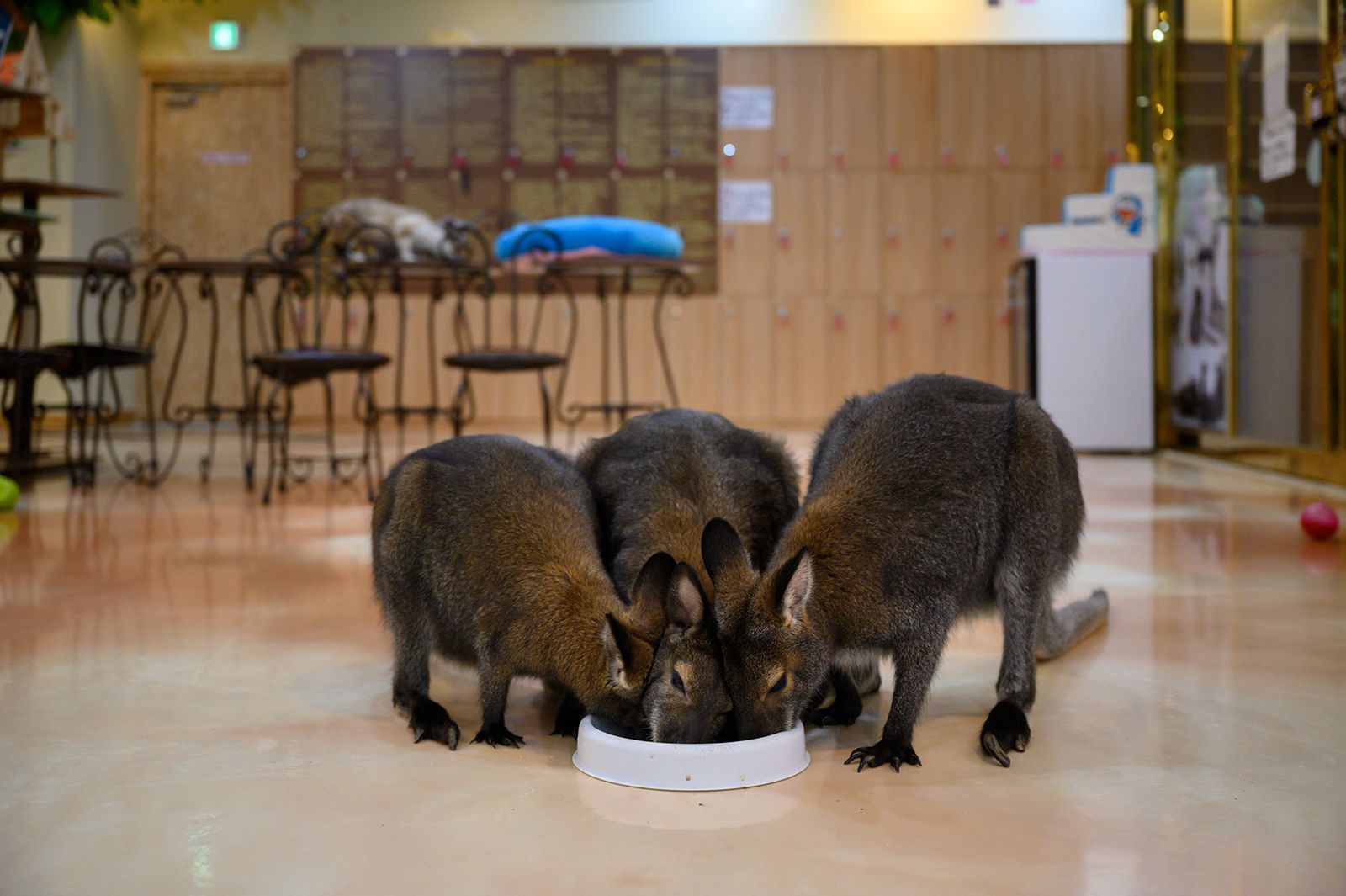Weather messes up. Ever wondered why your flight gets messed up sometimes? Well, here’s the deal: weather’s the big boss causing about 75% of all flight delays in the US, says the Federal Aviation Administration. But not all weather is equal when it comes to messing with your travel plans. Let’s break down the top four types of weather that can totally mess up your itinerary, according to Kyle Struckmann, head aviation meteorologist for the National Weather Service.
4. Wild Winds
Winds can be cool, but they can also be a pain for planes. See, when planes take off or land, they need wind to help them out. Headwinds—those blowing straight at the plane—give it the boost and balance it needs. But crosswinds—sneaky ones blowing across the plane’s path—can mess things up big time. They make landings super tricky and can even force planes to miss the runway entirely. Ever heard about that passenger jet in California? During a storm, it landed wonky, sparking up some drama but thankfully keeping everyone safe.

3. Low Visibility
Imagine trying to land a plane when you can’t see much. Yikes! Fog, heavy rain, or snow can mess with visibility and cause delays. Pilots need to see the runway, especially for those last-minute checks to make sure everything’s clear. When they can’t see well enough, it’s risky—like that near-collision in New York and a couple more close calls in Honolulu and Austin.
2. Snow and Ice
Snow might be pretty, but it’s not the best friend of planes. On the ground, it’s all about making those runways snow-free for safe takeoffs and landings. But up in the air, things get dicey with ice. When ice sticks to a plane, it messes with how the air flows over the wings, which keeps planes in the sky. Too much ice means trouble controlling the plane. That’s why deicing, though it can delay takeoffs, is crucial for safety.
1. Thunderstorms
Thunderstorms aren’t just loud and flashy, they’re also terrible for flights. Especially during the holiday season. These storms are serious business, causing major turbulence, winds, and hail. Updrafts and downdrafts inside thunderstorms create crazy turbulence that can jolt a plane around. Turbulence might feel bumpy, but it can also be risky—shaking things up, causing injuries, and sometimes even messing with a plane’s ability to fly properly.
Wrapping Up
So, there you have it! Next time your flight gets delayed or rerouted, it’s probably the weather causing all the fuss. Wild winds, low visibility, snow and ice, or those booming thunderstorms—each of them can be a flight planner’s worst nightmare.



